As defined by the Oxford Learner’s Dictionaries:
Research: a careful study of a subject, especially in order to discover new facts or information about it
Methodology: a set of methods and principles used to perform a particular activity
Therefore, Research Methodology is the careful study of the methods and principles used to do research.
(An excerpt from https://heidid.opened.ca/2019/07/05/mixing-the-methods-of-research-methodology/?unapproved=1&moderation-hash=2182d3af58c5c89812e71fea2a66dc89#comment-1)
As I reflect on my own personal learning experience and teaching approach, I realize that I have a very limited view of different types of research (methodologies) and how the use of a variety of methods ensure for deeper learning for myself and my students.
In my classroom, when my students participate in research based activities, I often have them go through the same process. We move through the Inquiry method and I scaffold by everyone participating in a class Inquiry and developing research skills and strategies before moving into a more guided or independent Inquiry (similar to Trevor Mackenzie’s types of student inquiry approach). The research categories and options are often scripted by me, to limit student’s confusion and support and meet them where they are developmentally.
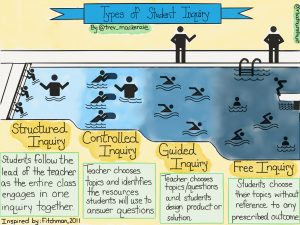
However, reflecting on that practice after our class readings and conversations from EDCI 515, I am embarrassed to realize that is not enough.
Research Diaries
As I read ‘Research Diary: A Tool for Scaffolding’ by Marion Engin, I understood the intentional use of ‘diary’ in this approach. I have used Inquiry Journals in the past, however, they were quite prescribed on what was included and what was written in them – which serves a purpose sometimes. However, there is also the need, as learners, for a space to share thoughts, ideas, missteps, and questionings in order to improve personal performance and document the learning process. According to Engin,
“Diary writing is seen as an opportunity for reflection and inner dialogue. The articulation of thoughts becomes the catalyst for change in beliefs and practice, thus the narrative inquiry of diary writing is a tool which mediates teachers’ professional development.”
As classroom teachers, we often get wrapped up in quantitative data and forget to put strategic supports in place for students to move through and understand the process of learning – making their learning visible.
At the end of this past year, I planned a year-long Inquiry unit with my colleagues on the history of Canada. We were hoping to use Inquiry Journals in order for students to reflect on their process and answer questions for us to follow up with. However, I would also like to introduce the use of Research Diaries for my students. I would love for it to be something that students could carry with them through out the year and use it to help propel their learning. I think it could be extremely meaningful for the students, as it is something that is individual and not being used for marks, but as a visual example of their learning process. It could also be a great artifact for students to share with their families during Student-Led conferences in the Spring.
The video below describes some different reasons why the use of Research Diaries are helpful for post graduate studies.
Based on our EDCI 515 class discussion this week, here are some things that could be included and reflected on in Research Diaries in order to make it effective and progress the learning and development – whoever it is that is using them.
- Data (observations)
- Additional found items (photographs, letters, etc.)
- Contextual information
- Reflections on research methods (ideas and plans for subsequent research)
- Theoretical Ideas
- Clarifying a concept or idea
- Making connections
- Connecting your experiences
- Formulating a new hypothesis
- Realising the process
- Method/Logical Notes
- Circumstances
- Biases?
- What role did I play in the situation under investigation?
- Comments arise from my experience
- What decisions did I make about the future course of my research, and why?
- What conflicts and ethical dilemmas did I encounter and how did I deal with them?
Autoethnography
According to our EDCI 515 reading this week,
Autoethnography is an approach to research and writing that seeks to describe and systematically analyze (graphy) personal experience (auto) in order to understand cultural experience (ethno) (ELLIS, 2004; HOLMAN JONES, 2005).
Similar to my classmate, Benjamin Hood’s perspective mentioned in his recent blog, I “also I learn more when I can make a connections to something in the real world such as a story, an experience, or an event.” Traditional research methods are often focused on hard facts and quantitative data. However, this approach “acknowledges and accommodates subjectivity, emotionality, and the researchers influence on research, rather than hiding from these matters or assuming they don’t exist” (C. Ellis, T. E. Adams & A. P. Bochner, 2011).
When researching authoethnography examples, I found Sarah Wall’s paper which explores international adoption through the lens of her own experiences. She notes in her abstracts that “this form of scholarship highlights more than ever issues of representation, “objectivity,” data quality, legitimacy, and ethics. Although working through these challenges can lead to the production of an excellent text, the intimate and personal nature of autoethnography can, in fact, make it one of the most challenging qualitative approaches to attempt” (Wall, 2008).
If I apply this understanding to my own teaching context. I will probably not be having students write their own authoethonography paper, but I think some of the data collection strategies such as taking field notes, listening to stories, noting feelings of themselves and others, collecting artifacts, interviews, and questions are important practices to introduce to students. From there, the important 21st century learning skills that can be practiced are perspective taking, adding their own perspective, understanding biases and context. Prompting students to do additional research about the authors of the information that they found, what other researchers in the field were exploring at the time, and what was the historical and cultural climate at that time. That information could have a profound affect on the interpretation of the information being provided in the article.
Reflection on my own teaching and learning – The 4 R’s
Before – I would say that my role as a researcher was to explore new teaching strategies and techniques and my efficacy as an educator. I would gather information of my own teaching from assessments of students (anecdotal notes, tests, check ins, etc.) and the data would be shared with the students and their parents at scheduled reporting times.
Students responsibility in my classroom was to research concepts using resources that were given to them (for the most part). And the goal of this data collection was not personal, but to provide to the teacher a submission of their understanding. And often, information was shared with peers during the exploration process.
After – I now understand that my role as the teacher is to guide and support students in their learning. Together, we explore a variety of research strategies to develop an understanding of each other, ourselves, cultural context, where we are, and the world around us in order to develop strong, respectful, and flexible lifelong learners.
I am looking forward to implementing concepts and strategies learned in these courses, into the teaching and learning that is going on in my classroom.
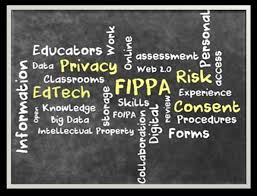 Do you even know what the privacy guidelines are for teachers? I can tell you I didn’t! I didn’t even know there were documents for us to reference in order to be safe and respectful representatives for our profession as educators.
Do you even know what the privacy guidelines are for teachers? I can tell you I didn’t! I didn’t even know there were documents for us to reference in order to be safe and respectful representatives for our profession as educators.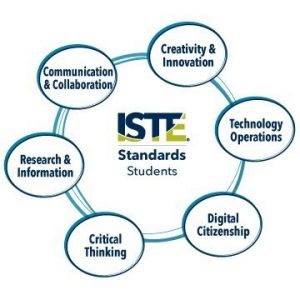
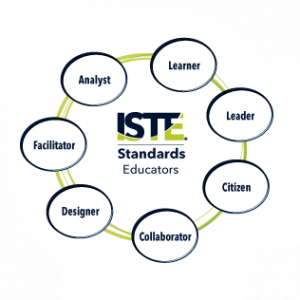
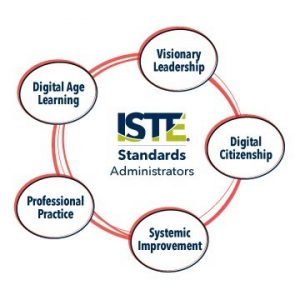
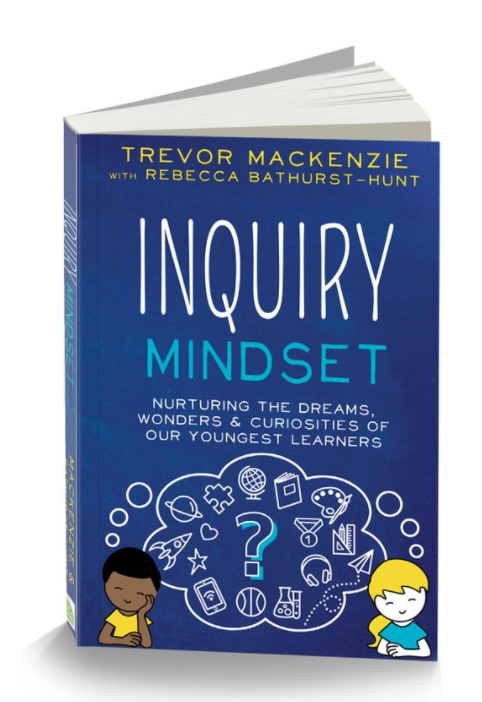
Recent Comments